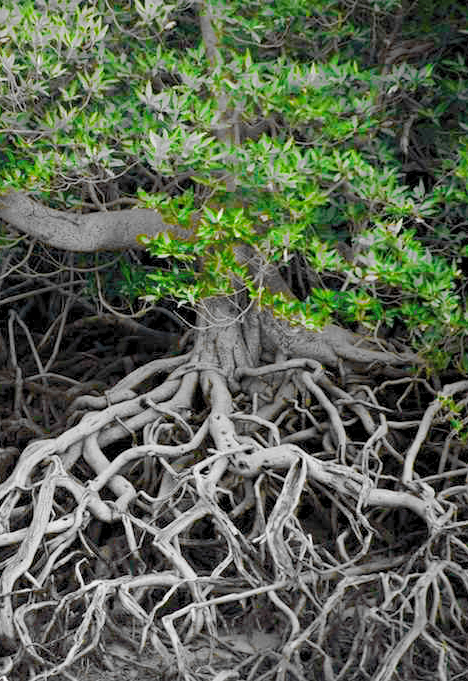Blue carbon growth suggested
 Authorities could be seriously overlooking tidal wetlands in ‘blue carbon’ projects.
Authorities could be seriously overlooking tidal wetlands in ‘blue carbon’ projects.
‘Blue carbon’ projects aim at the conservation, restoration, and improved management of wetlands as a climate change mitigation method.
However, researchers say the approach is often too limited, and call for the inclusion of all tidal wetlands directly or indirectly influenced by tides, and located below the highest astronomical tide, in the blue carbon ecosystem classification.
Historically, blue carbon ecosystems have been confined to mangroves, saltmarshes, and seagrass.
A new study reveals that tidal freshwater wetlands, transitional forests, and brackish marshes also meet the criteria for blue carbon due to their significant carbon storage capabilities in both soils and aboveground biomass, alongside low greenhouse gas emissions.
Dr Fernanda Adame from the Australian Rivers Institute says; “By recognising and prioritising their protection and restoration, we can unlock myriad benefits, including biodiversity conservation”.
Despite the global expansion of blue carbon projects, there exists a disparity between the demand for credits and their availability, underscoring the urgency for broader ecosystem recognition.
Such inclusion not only promises enhanced carbon sink capacities but also contributes significantly towards achieving the United Nations Sustainable Development Goals.
The new study, ‘All tidal wetlands are blue carbon ecosystems’, is published in BioScience.








 Print
Print